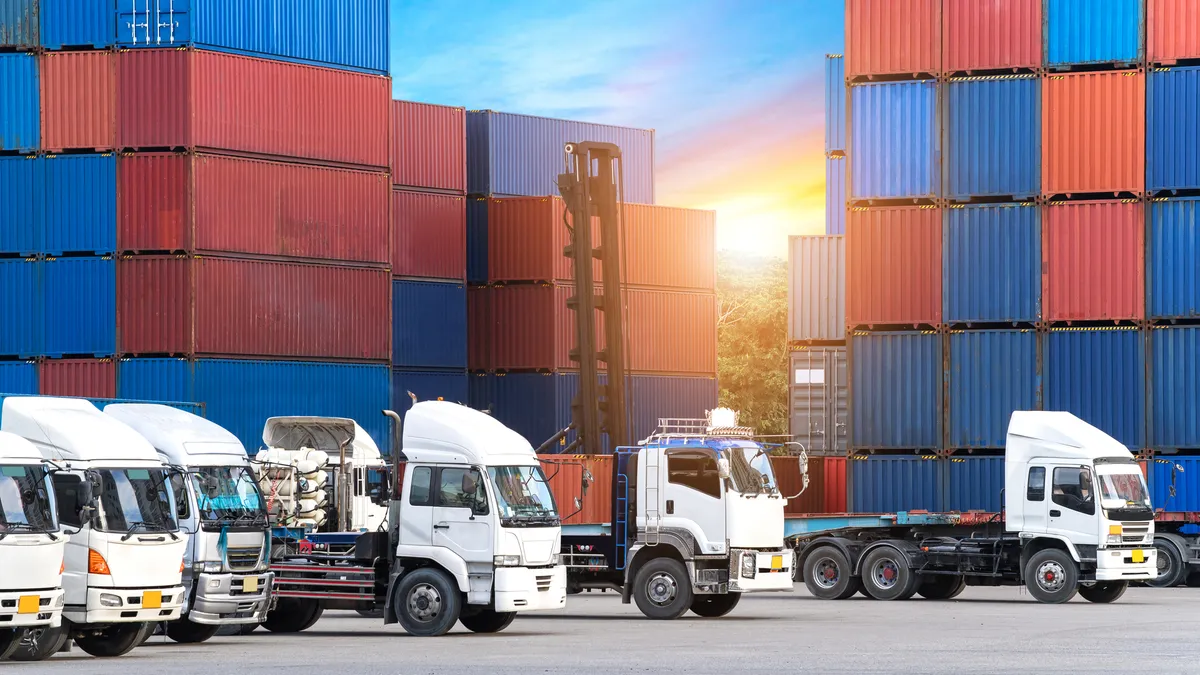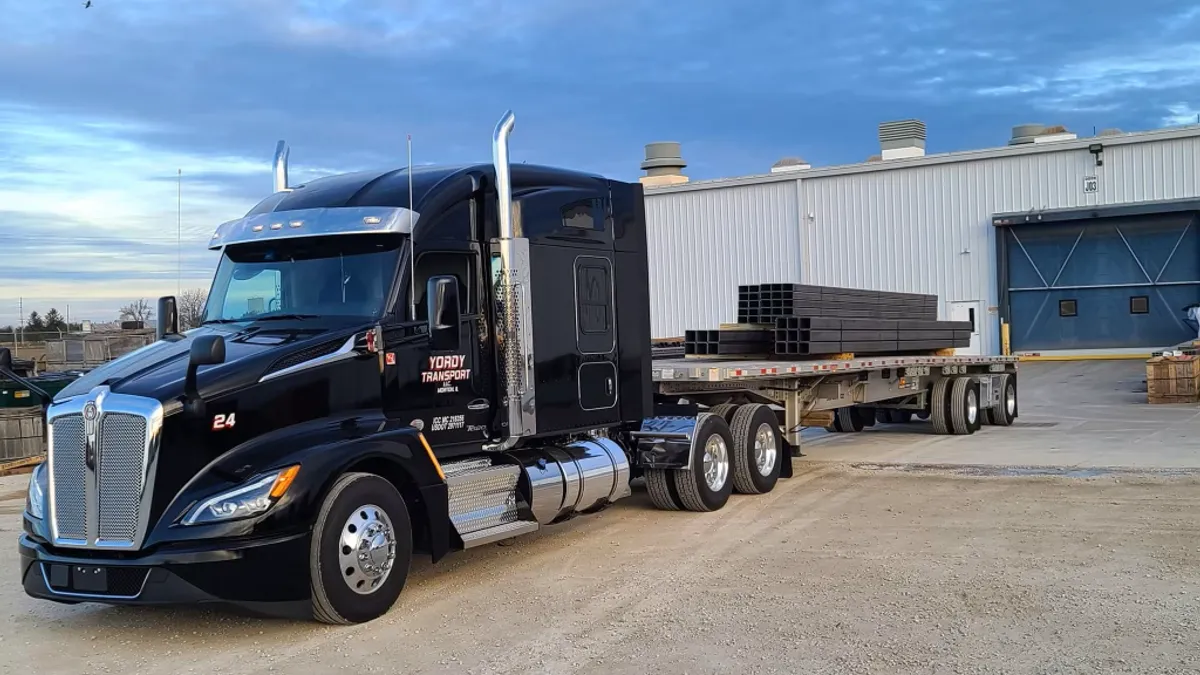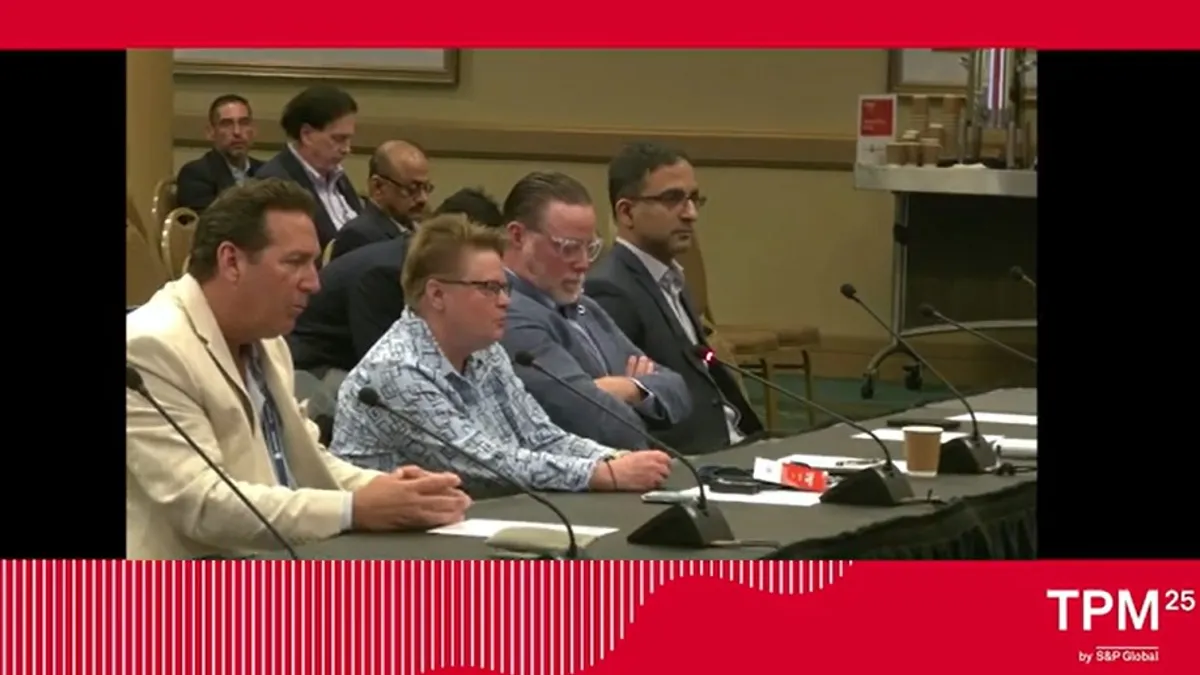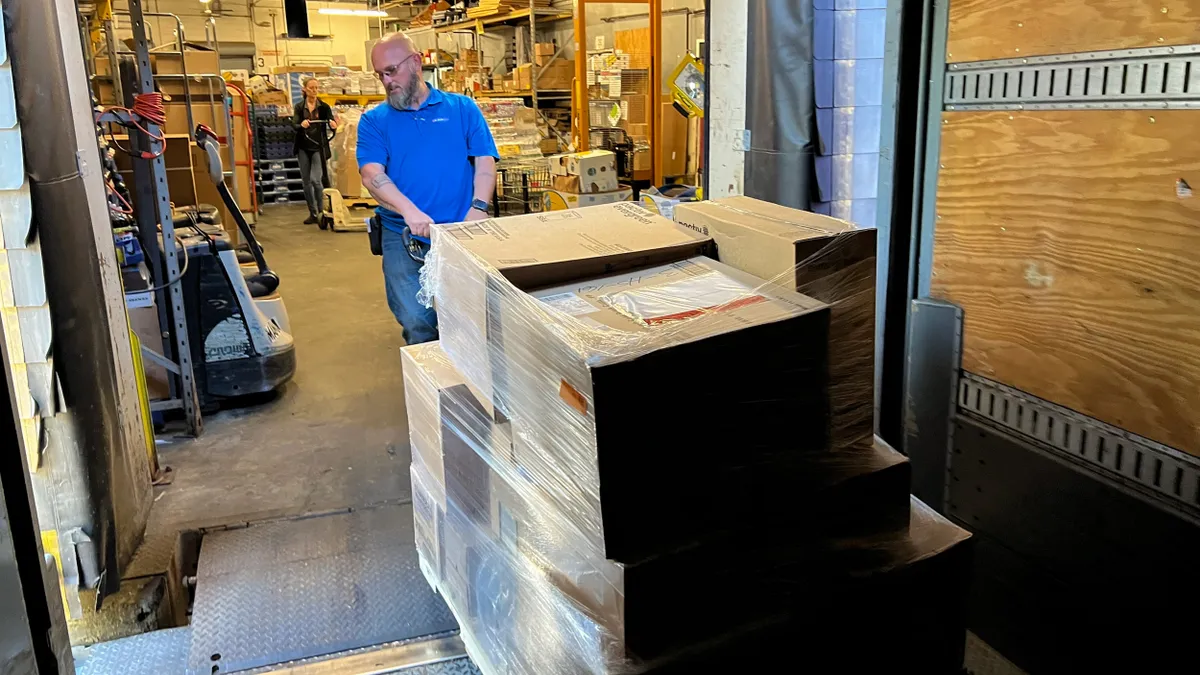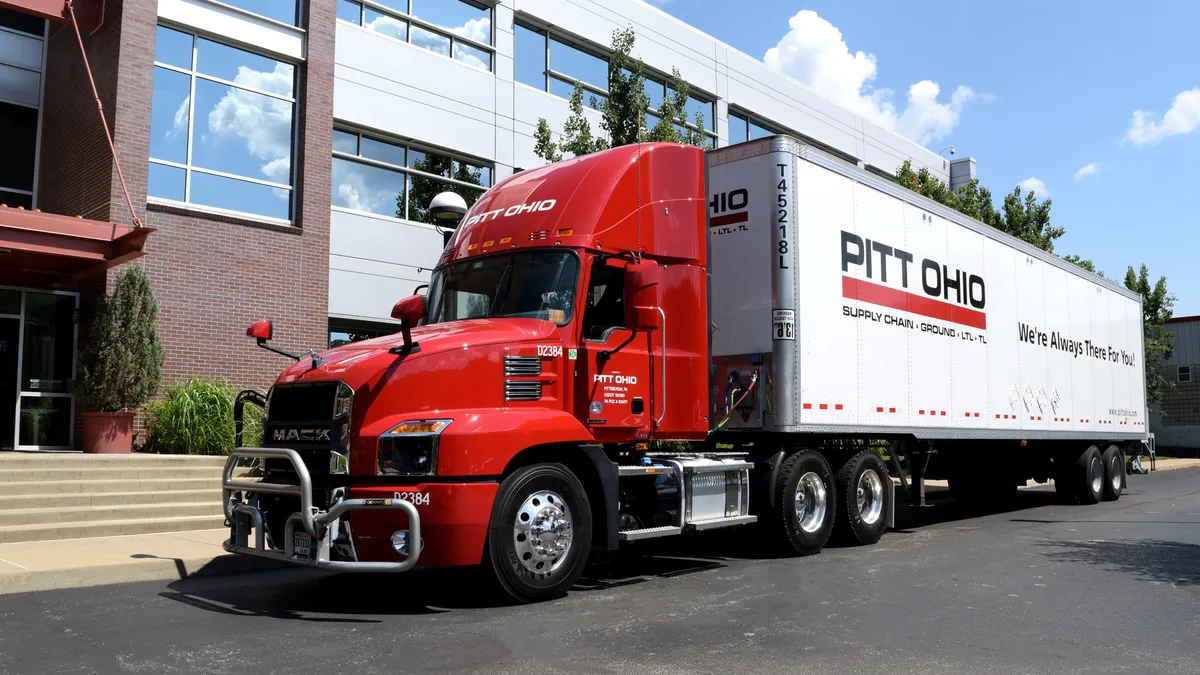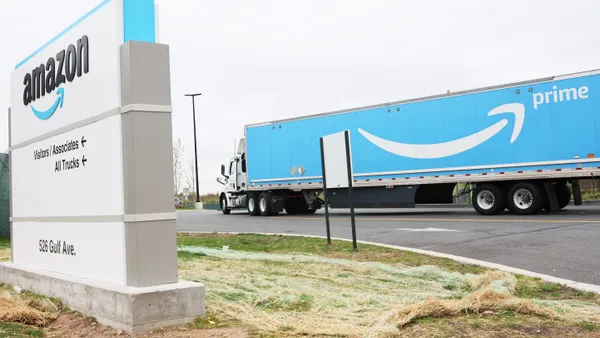Those trucks rumbling across the highways carry 71% of America’s freight by weight — 10.77 billion tons, according to the American Trucking Associations. The industry group reported that trucking generated more than $700 billion in annual revenue in 2017.
The ramifications of even a short-term stoppage would ripple throughout not only the economy, but everyday life, as witnessed by weeklong trucking strikes in India and Brazil last summer. Even when settled, the financial losses were massive.
The USDA Foreign Agricultural Service said the strike in Brazil created losses of $1.75 billion to the nation's agricultural industry. Recovery was far from immediate. A month later, Brazilians still weren’t receiving shipments of staples such as soy beans, meat and corn, and ships were facing loading delays. Bloomberg reported the eight-day Indian strike resulted in around $582 million per day in lost revenue for the truckers.
"The effect of disruption to the economy is directly proportional to the length of time without surface transportation moving throughout the nation," Don Dovgin, a logistics consultant at Maine Pointe, told Supply Chain Dive.
"Shippers end up being the loser in labor disputes."

Don Dovgin
Logistics Consultant, Maine Pointe
Another example, Dovgin said, was the 1997 UPS strike in which almost 190,000 Teamsters — including drivers and package handlers — walked out, costing UPS about $600 million.
"When demand goes up, so do prices," he said. "Shippers were not only confronted with how to recover their packages left on cross docks, in truck terminals and distribution centers, but they were paying more to have them delivered. Since most truckers back in 1997 were part of a labor union, many truck drivers supported the UPS strike and were unwilling to cross picket lines or help shippers out. This shrunk transportation capacity even further."
UPS was forced to use management to deliver mission-critical goods to hospitals and other medical facilities. Retailers, however, were forced to scramble — not always successfully — to meet customer demands.
Labor strikes affect entire industries and supply chains
No industry or individual can remain unaffected during a transportation strike, Frank Guenzerodt, President & CEO of Dachser USA Air & Sea Logistics, told Supply Chain Dive.
"The product does not reach the production lines or the store shelves in a timely manner, causing very expensive line-down situations or end products not being available to be sold, potentially costing [the manufacturer] thousands of dollars," he said.
Let’s take a look at four major areas that a transportation disruption can severely inhibit up and down the supply chain:
Food industry: Americans consume billions of dollars of groceries transported by truck every day, Dovgin said. Should those trucks stop, "substantial shortages will occur in as little as three days. Survival-related goods are the first to be purchased, such as water, perishables, canned goods, milk, bread and [surprisingly] junk food."
Healthcare. Without trucks feeding into the medical systems and hospitals — which they do multiple times, human life will be at risk. Patient care will be compromised within 24 to 48 hours, Dovgin said. "Most hospitals' supply chains operate with just-in-time inventory. Critical supplies such as syringes and intravenous fluids, which generally are delivered several times per week, would deplete very quickly."
Waste removal. According to the Environmental Protection Agency, the U.S. generates more than 250 million tons of refuse annually. A nine-day 1968 sanitation worker strike in New York City resulted in 100,000 tons of garbage on the streets. A strike by drivers in the waste industry would mean garbage would begin piling up in days, creating environmental and health concerns. "This situation is compounded by the seriousness of the hazardous chemicals and radioactive material that would be released into the earth and atmosphere, creating lethal conditions," Dovgin said.
Transportation. When trucks stop, all transportation is affected. Trucks supply fuel to gas stations, airports and rail yards. Automotive travel would eventually be shut down, leaving people unable to get to work without fuel in their cars or for public transportation. "Air, rail and steamship line service all would be interrupted," Dovgin said. "Cargo will begin piling up in container yards, airport terminals and distribution centers. The retail sector would be sitting on finished goods that cannot get to market, causing them to halt production both domestically and abroad."
What's a shipper to do?
While driver strikes are less common today than years ago, Dovgin said, but "shippers end up being the loser in labor disputes," Dovgin said. "When drivers go on strike, they stop driving and the shipper’s cargo becomes stranded."
Depending upon the breadth of the stoppage, shippers will need to reach out to local or regional carriers they may or may not have a relationship with, Dachser’s Guenzerodt said. "Shippers must look for immediate alternatives. That’s a reason why many spread out their transportation spend so they have the relationships when they need help."
That won’t come cheaply, however, Guenzerodt added, noting that shippers will be forced to pay higher rates on some lanes to have their product moved, as well as dealing with delays created by a further capacity crunch. "Shippers usually have an idea when a strike is going to take place and stop using those carriers so that their freight does not become stuck in a striking carrier’s system."
"That’s a reason why many spread out their transportation spend so they have the relationships when they need help."

Frank Guenzerodt
President & CEO, Dachser USA Air & Sea Logistics
Dovgin pointed out that today’s e-commerce era demands shorter transit times, so shippers are moving away from sending goods by truckload and using more less-than-truckload (LTL). If even those trucks stopped moving, shippers would need to make another adjustment.
"Shippers would need to further reduce the size of their shipments to get them into smaller vehicles that do not require the same commercial drivers’ license (CDL) as a truck, thereby shipping at the size of a cube van. While this may not be logical for a larger shipper, it is an option for smaller shippers."


